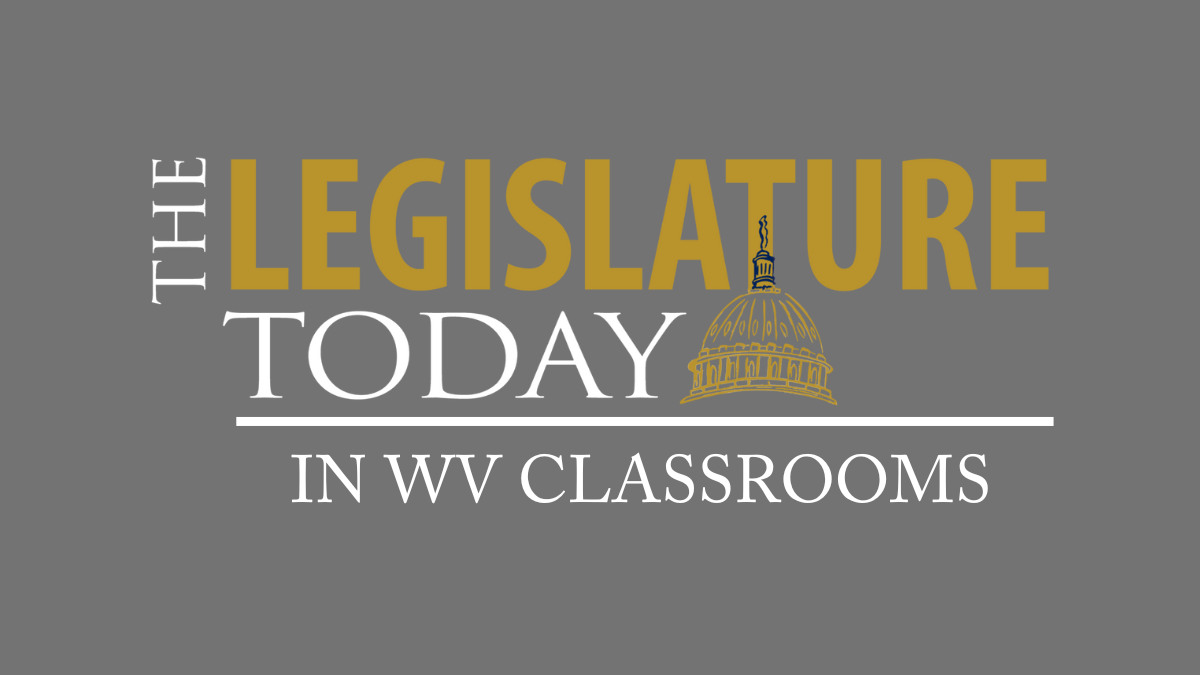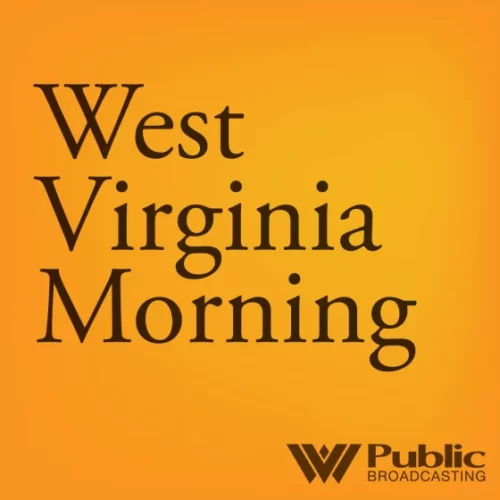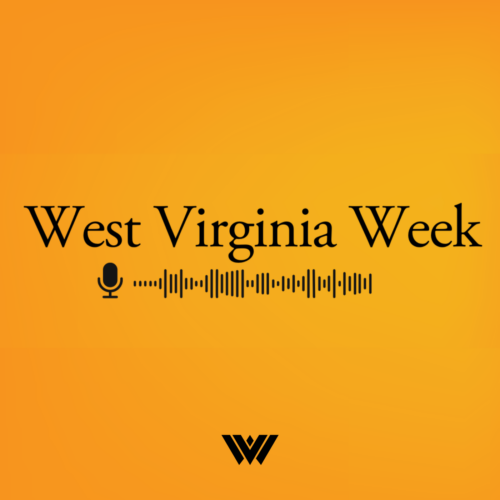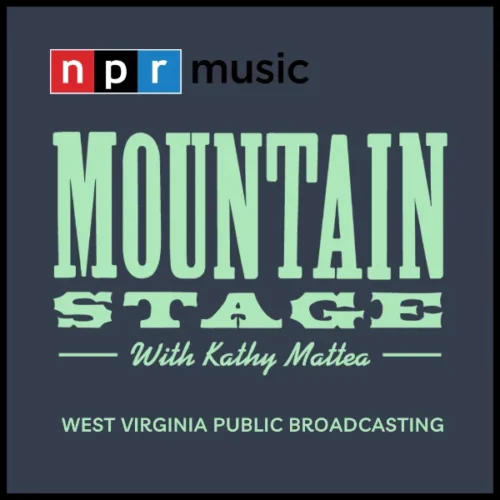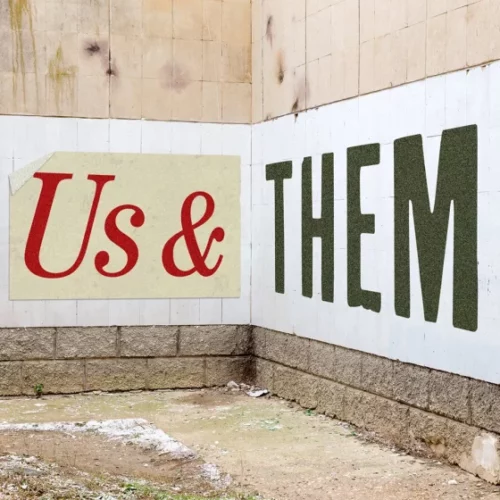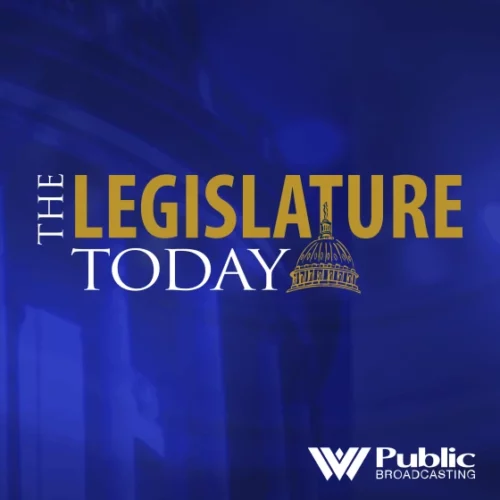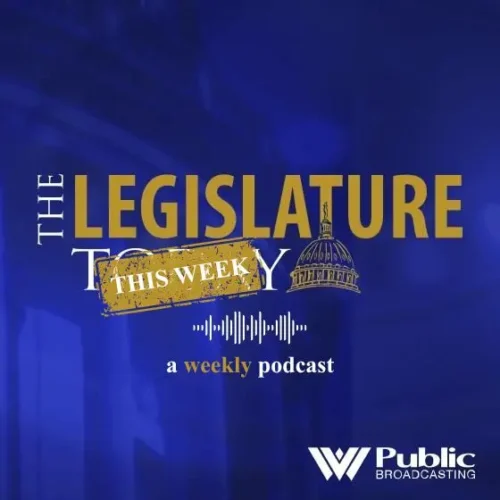When Congress passed the CARES Act earlier this summer to help Americans navigate the toll from the coronavirus pandemic, West Virginia received more than $1 billion.
Of that figure, $86.6 million was put into a fund called the Elementary and Secondary School Emergency Relief Fund (ESSERF). That fund was spent two ways: $78 million was dispersed to all 55 county school districts, divvied up based on the number of low-income students in each district. And $8.6 million was withheld by the West Virginia Department of Education to be used for emergencies related to COVID-19.
In the weeks leading up to schools reopening, the West Virginia chapter of the American Federation of Teachers and other groups have criticized state officials’ handling of school reopening and voiced concerns that schools across the state have not received enough personal protective equipment (PPE) and other resources to combat the virus.
This week, the West Virginia Board of Education held its first meeting since schools in the state reopened for the 2020-2021 school year. Fred Albert, president of the AFT-WV, again addressed these concerns.
“I know it’s not been easy,” Albert said. “We’re still getting calls every day from concerned parents and concerned teachers, concerned service personnel that they don’t feel quite equipped.”
Albert brought up technology and connectivity issues, teacher vacancies and concerns about the safety of some of the cleaning products being used at schools.
Melanie Perkey, executive director of the Office of Federal Programs under the WVDE, addressed some of his concerns, sharing with board members a breakdown about some additional re-entry dollars for West Virginia’s school districts.
The WVDE took the withheld $8.6 million from the CARES Act and combined it with state funds from school-related activities that were canceled due to the coronavirus – totaling an additional $12.5 million that was awarded to 48 county school districts across the state.
“We conducted a competitive grant process where counties could apply for special projects that they wanted to do related to their COVID-19 response,” Perkey told board members. “And they had to apply in three areas of priority.”
Those areas included social and emotional needs, technology, and achievement gaps.
“More than half of the funding was spent on technology for remote learning,” Perkey said, speaking to the original ESSERF appropriation. “[Schools] purchased devices. They purchased software for learning management systems, and that type of thing. [The funding] could be used for sanitation, cleaning, training of staff, food preparation.”
Now, with the additional $12.5 million, Perkey said they are seeing the majority of counties use this funding on technology needs again.
The seven counties that did not receive additional funding through the competitive grant either did not apply for it or applied but still had funding available from a previous fiscal year, she said.
“We had three counties [Gilmer, Lincoln and Roane counties] that applied but did not receive funding,” Perkey said. “With the extension that the CARES Act allowed on fiscal year 2019 money, it doesn’t expire in September, they have another year.”
She explained that those three counties still had unused funds available from fiscal year 2019 and 2020 because of the federal extension, so her staff didn’t think those counties needed the extra money from the competitive grant.
Perkey said school districts will have until 2022 to use all funds.
In total, school districts in West Virginia are receiving more than $90 million in COVID-19 relief from both the CARES Act and from the WVDE’s competitive grant combined.
The WVDE’s website features a graph that breaks down what percentage of the ESSERF funds were used for things like technology or sanitation products as well as the amount of funding each county received.
The department’s website also features a document breaking down how much and which counties received funding from the competitive grant allocation.
Also, in this board meeting, members approved a waiver request from counties seeking to fill teacher vacancies with substitute teachers in critical areas of need.
Those counties include Boone, Hampshire, Lincoln, Logan, Monongalia, Morgan, Nicholas, Pocahontas, Ritchie, Wetzel, and Wyoming County Schools, and the West Virginia Schools for the Deaf and the Blind.





